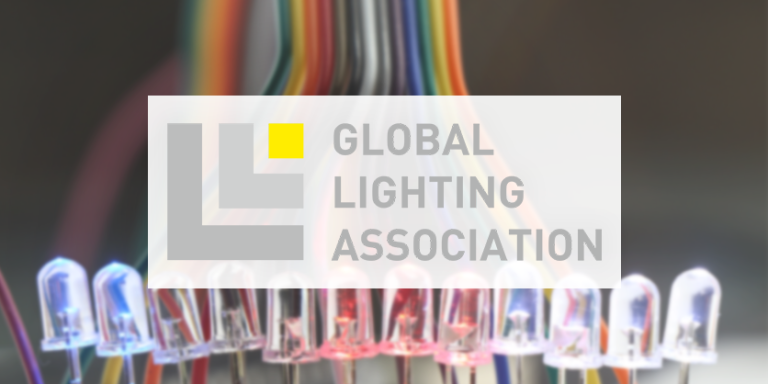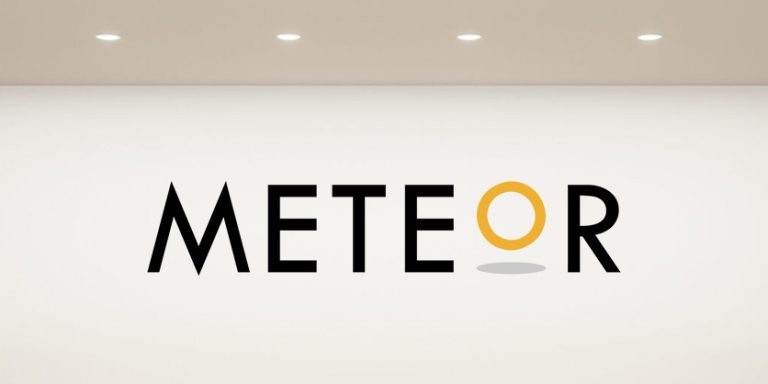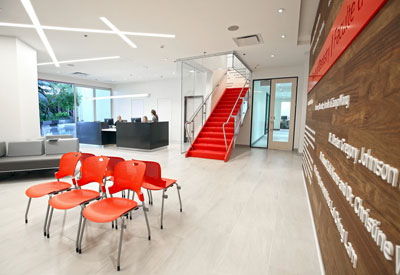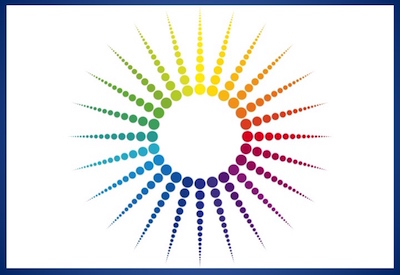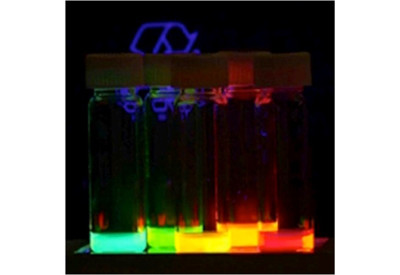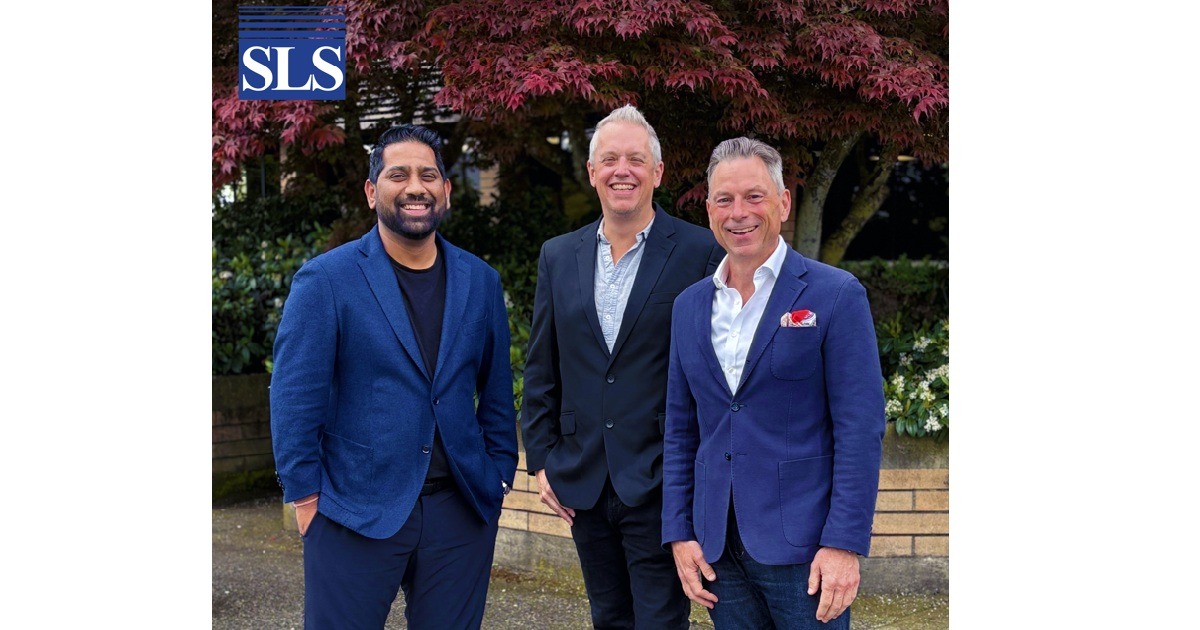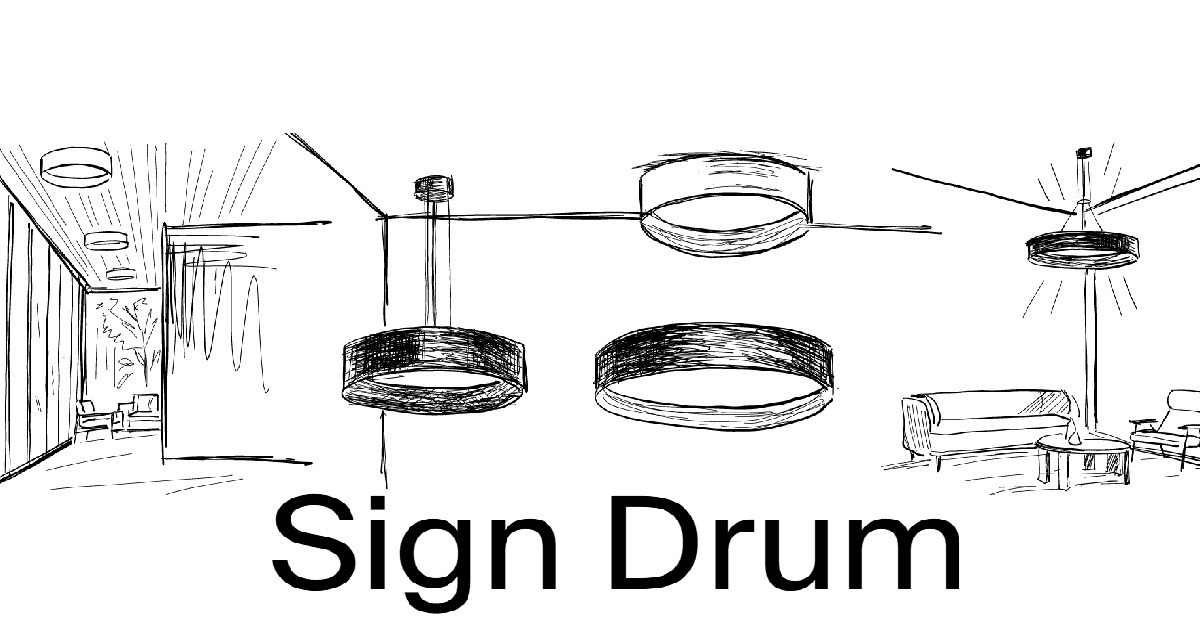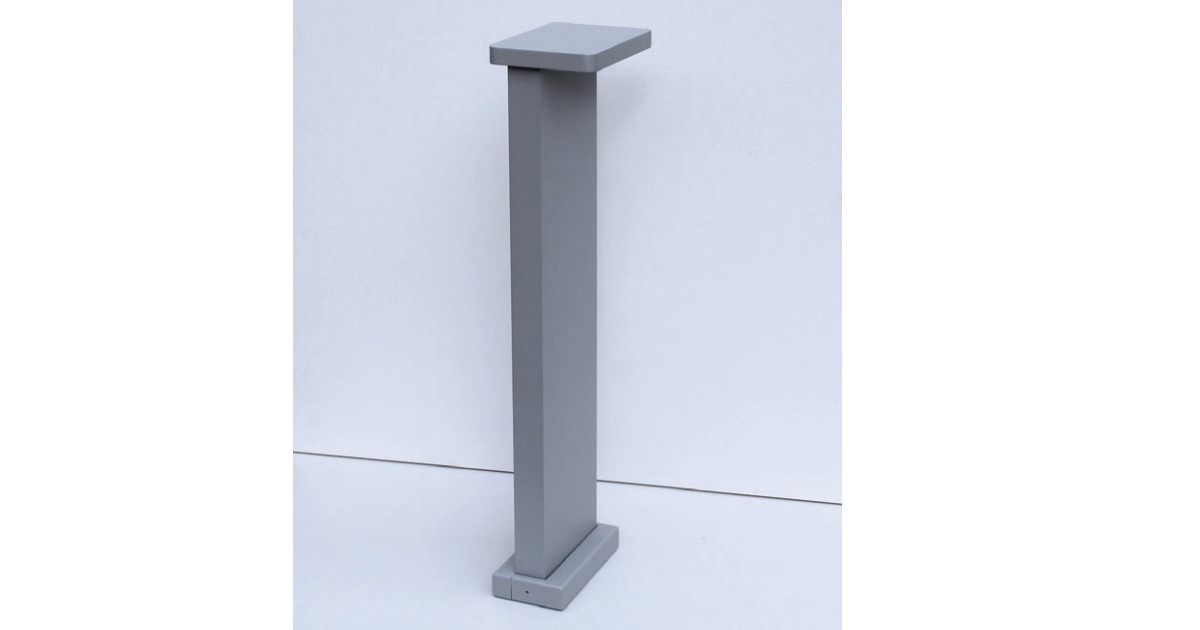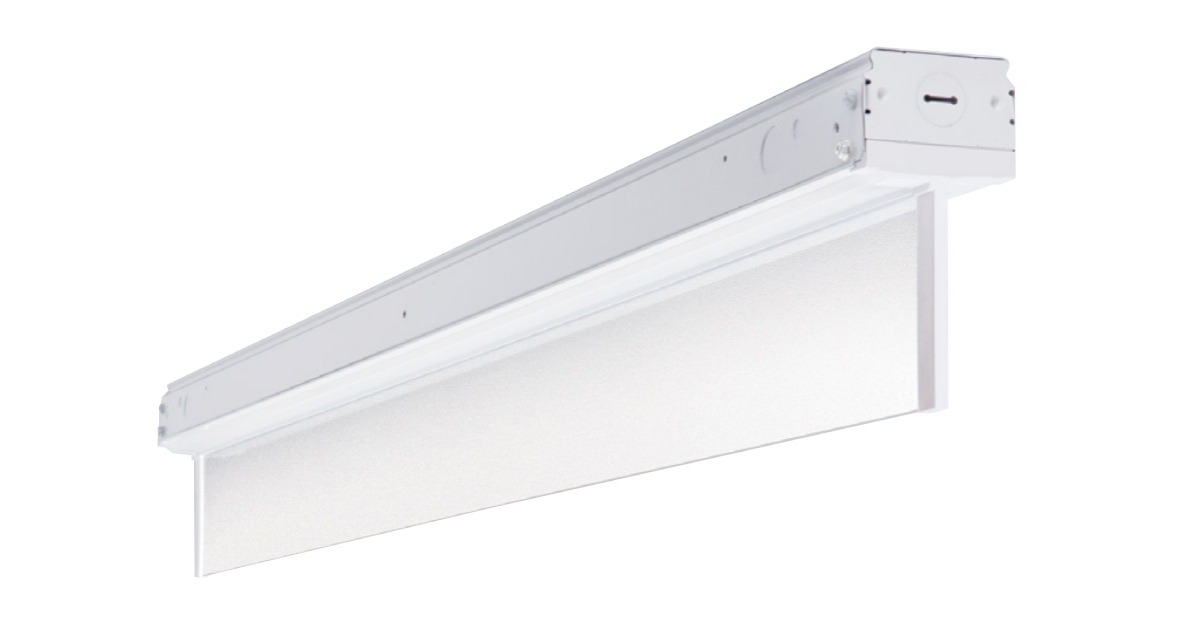The Impact of Street Lighting on Crime
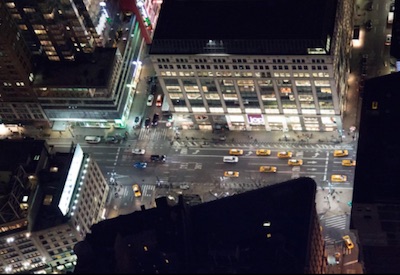
April 17, 2018
Aaron Chalfin, Benjamin Hansen, Lucie Parker, and Jason Lerner
In 2014, New York City identified increased street lighting as a potential strategy to reduce outdoor nighttime crime in and around New York City Housing Authority (NYCHA) housing developments. In response to these discussions, Crime Lab New York (CLNY) partnered with the city to design a randomized study of the effect of temporary outdoor lighting on crime in NYCHA developments in all five boroughs of New York City. The study sought to estimate the impact and cost-effectiveness of temporary street lights on crime and other measures of community well-being.
CLNY and its agency partners worked closely together for nearly two years in planning this study. The New York City Police Department (NYPD) identified which developments were priorities for receiving additional lights, based, in part, on their elevated crime rates and perceived need for additional lighting. In early 2016, CLNY randomized 39 into treatment and 38 into control sites. Among the treated developments, 400 light towers were allocated to the treated developments where each development received a number of additional light towers according to a randomly assigned dosage variable, chosen from a uniform distribution of lights per square feet. This research design allows researchers to ascertain whether the effectiveness of lighting diminishes as more lights are added to a development. The average NYCHA development in the study sample spans approximately 720,000 square feet and received an additional 10 temporary lights.
Light towers were deployed between February 29 and March 7, 2016 to outdoor public spaces around the treated NYCHA developments. These developments remained illuminated during all nighttime hours for the six-month duration of this study period. “Control” developments received no additional outdoor lighting (“business-as-usual”).
Model description
Primary results are derived from a “dosage” model of the effectiveness of lighting, which takes advantage of the randomized allocation of the number of light towers per development, creating treatment effect heterogeneity. Specifically, we test whether developments that received a greater dosage of lighting experience larger reductions in crime.
Primary crime findings
Our analysis focuses on four main outcomes:
- index crime complaints — murder and non-negligent manslaughter, negligent or unclassified homicide, robbery, felony assault, burglary, grand larceny, and grand larceny of a motor vehicle
- “assault, homicide, and weapons” complaints (in order to study the effect of lighting on interpersonal violence) — murder and non-negligent manslaughter, negligent or unclassified homicide, assault and related offenses, felony assault, and complaints for dangerous weapons
- felony complaints
- misdemeanour complaints
Felony and misdemeanour complaints are defined using the law code category variable in the NYPD data file.
For each of these four complaint types, we examine outdoor nighttime, indoor nighttime, outdoor daytime, and indoor daytime complaints. We also look for displacement, which we define as incidents that occur outside of NYCHA property, but within 750 feet of a development.
Among the study sites, we detect robust crime reductions outside at night, specifically for index crimes, felony crimes and, to a lesser degree, assault, homicide and weapons crimes. The following reductions take account of nearby, off-campus displacement:
- Index crimes — 7% reduction in overall index crimes (day and night). This reduction in overall index crimes was driven by a 39% reduction in index crimes that took place outdoors at night.
- Felony crimes — 5% reduction in overall felony crimes (day and night). This reduction in overall felony crimes was driven by a 30% reduction in felony crimes that took place outdoors at night.
- Assault, homicide and weapons crimes — 2% reduction in overall assault, homicide, and weapons crimes (day and night). This reduction in overall assault, homicide and weapons crimes was driven by a 12% reduction in assault, homicide and weapons crimes that took place outdoors at night.
- Misdemeanour crimes — no detectable change in net misdemeanour crimes in treatment communities.
One additional light tower per square city block (a standard Manhattan street by an avenue or 125,000 square feet) leads to the following reductions in crime:
- 2 index crimes per development over the six-month study period
- 2 felony crimes per development over the six-month study period
- 4 assault, homicide, and weapons crimes per development over the six-month study period
Benefits
The economic value of crimes abated due to lighting upgrades is projected to be approximately US$700,000 per development per year. Notably, these estimates do not include broader benefits of crime reduction, particularly longer-term effects of crime on a community’s economic vitality or the intergenerational dividend that is likely to accrue when children are raised in the comparative safety of a more secure and vibrant community.
Costs
Based on the cost of prior infrastructure projects in NYCHA, the up-front cost of a development-wide lighting upgrade is forecasted to be between approximately US$3 and US$4 million for a development of approximately 720,000 square feet. Note that these estimates assume the removal of old, non-LED hardware and installation of upgraded LED lighting, as is typical in NYCHA lighting upgrade projects.
Our study findings suggest that upper and lower bounds for the number of additional lighting installations are expected to be between 50 and 70 lights per square city block (approximately 125,000 square feet). If we perform a straight conversion based on lumens from the temporary light towers (Allmand 1250w metal halide towers with 150,000 lumens/lamp at 4 lamps/tower = 600,000 lumens total), the total permanent LED-style lamps will be somewhere between 50 (assuming 50w, 4-bulb posttops rated at 16,000-20,000 lumens) and 70 (assuming 25w, 4-bulb posttops rated at 8,000-10,000 lumens). These upper and lower bounds also correspond with actual data from recent NYCHA lighting upgrade projects.10 While it is extraordinarily difficult to provide an exact mapping from temporary to permanent lights, the fact that two independent approaches to answering this question yield similar estimates makes us optimistic that these estimates are reasonable. The annual cost of providing electricity to the additional lights is expected to be roughly $15,000 per development annually.
We forecast that lighting upgrades will become cost effective in six years time. We anticipate that over 20 years additional lighting will reduce victimization by approximately US$14 million per development.
What residents said
In September 2016, a non-random sample of residents in treatment and control developments were sent an online survey intended to collect feedback regarding perceptions of the lights, community sentiments, public use of space, and safety and victimization. The survey was initially sent to 22,362 residents. From this initial population, 1,769 residents responded; therefore, the response rate was 7.9%.
Responses indicate that residents overwhelmingly liked the lights: 67% of respondents had a favourable opinion toward the lights; only 13% of respondents had a negative opinion.
This article was first published online by Aaron Chalfin, Benjamin Hansen, Lucie Parker, and Jason Lerner from the University of Chicago Urban Lab; https://urbanlabs.uchicago.edu/projects/crime-lights-study. It has been lightly edited.

